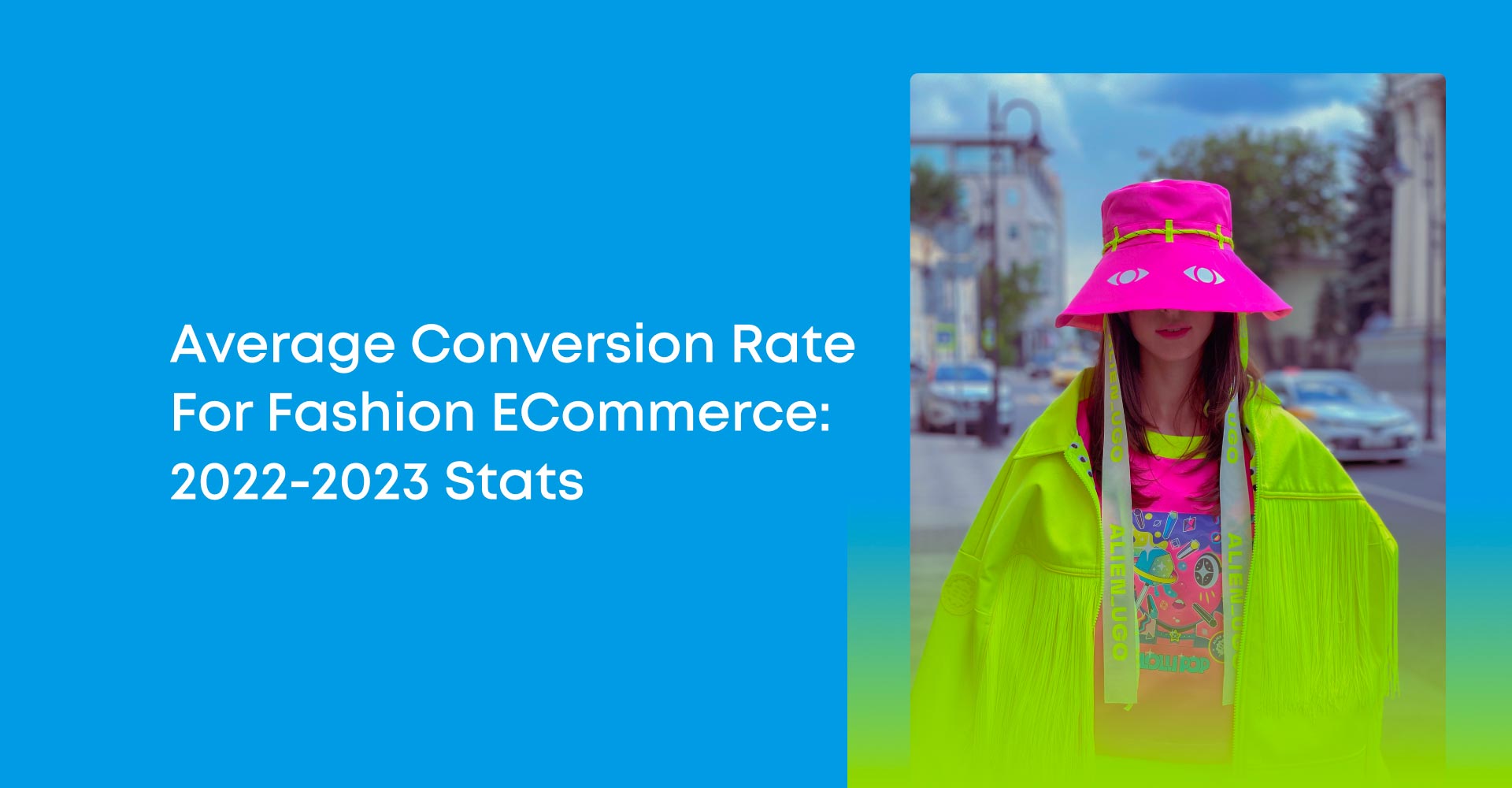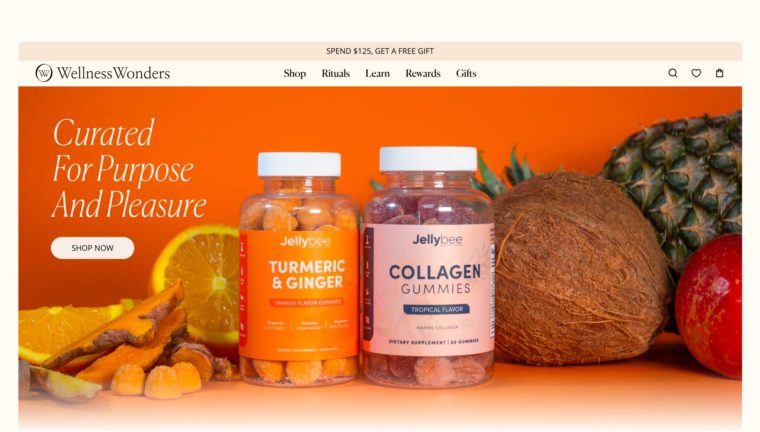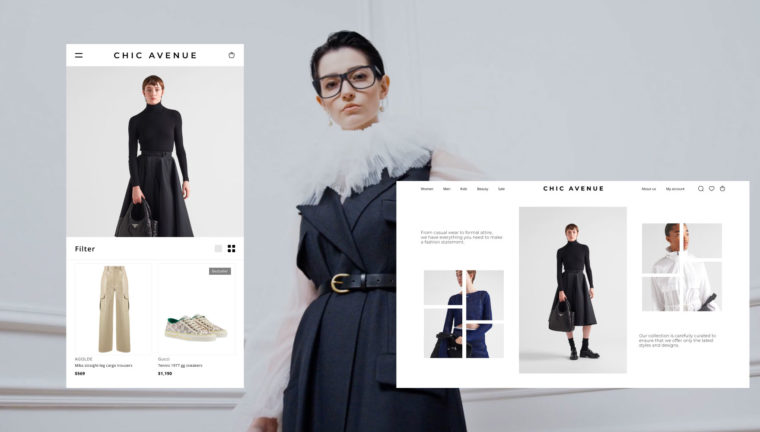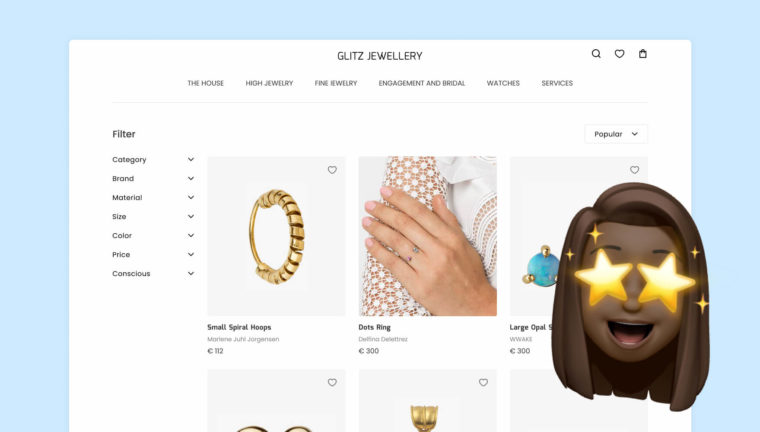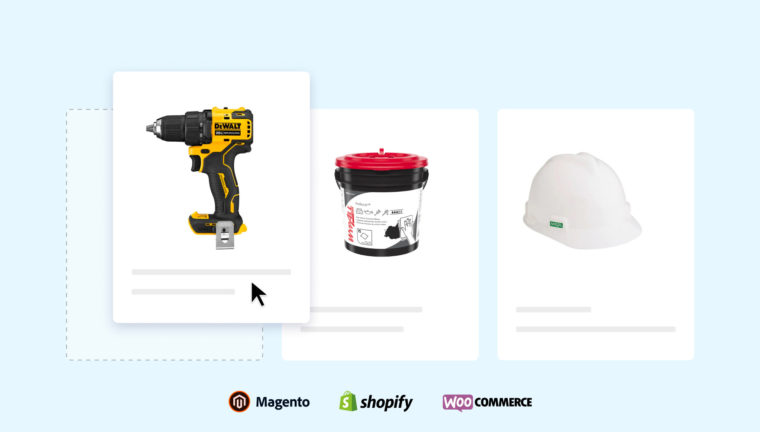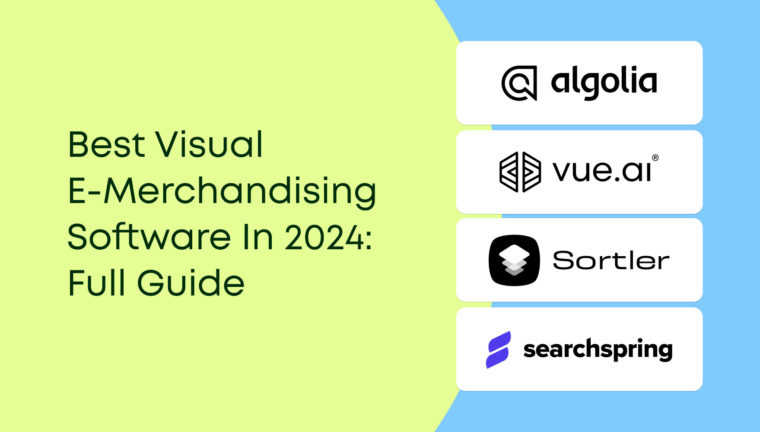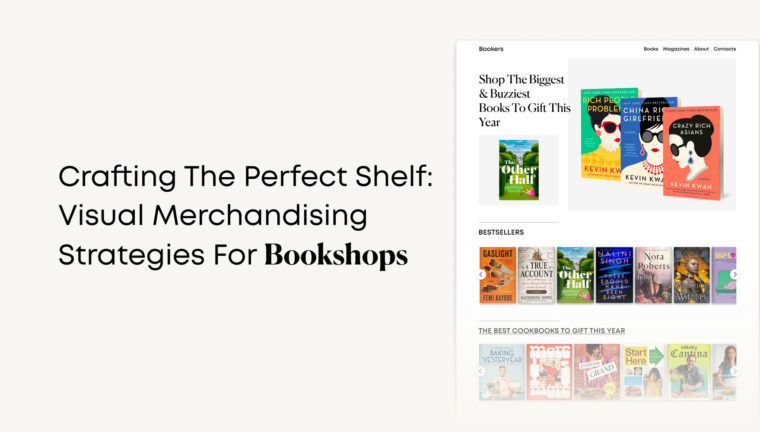In fashion retail, the conversion rate reigns as a vital yardstick for assessing the triumph of an eCommerce store and the effectiveness of a brand’s online sway. When your conversion rate soars, it signals that a sizable chunk of your website’s visitors aren’t merely window shopping – they’re taking the plunge and filling their carts, all while giving your revenue and profitability a welcoming boost.
But what is a “good” average conversion rate for style and fashion websites? How can you improve it? How do we understand and adapt to the latest conversion rate trends in an ever-evolving digital landscape?
This article explores up-to-date statistics on average conversion rates in the fashion eCommerce sector for 2022-2023 and how to increase your average conversion rate for your fashion e-commerce store.
Understanding Conversion Rates
In fashion eCommerce, conversion rate represents the percentage of website visitors who complete a desired action, typically making a purchase. This is calculated through a simple equation: divide the number of successful transactions by the total number of website visitors and then multiply by 100 to express it as a percentage.
These rates are fundamental for fashion retailers as they directly correlate with revenue and profitability. A high conversion rate indicates that the website design, product offerings, and marketing strategies resonate with customers, driving them to purchase.
By closely monitoring and optimizing conversion rates, fashion eCommerce businesses can refine their product catalog, enhance user experience, and tailor marketing campaigns to boost sales, ultimately thriving in the competitive world of online fashion retail.
Average Conversion Rates in Fashion eCommerce (2022-2023)
Achieving success in eCommerce is challenging. It’s inevitable to experience a certain level of cart abandonment, and attaining complete control over conversion rates may be an elusive goal. Understanding these factors can help stores stay informed of their current fashion retail conversion rate to make better marketing decisions and boost sales.
Here are some stats we’re paying attention to if you’re looking for ways to increase your average conversion rate for your fashion eCommerce store.
A recent study shows that the average conversion rate for style and fashion fell from 3,47% in 2022 to 2,67% in 2023.
According to data from Centra:
- The “men’s fashion” category has the lowest median conversion rate at 0.8%.
- Conversely, the “accessories” category boasts the highest median conversion rate at 7.4%.
- While “men’s fashion” and “fashion for all” exhibit relatively lower conversion rates, they demonstrate high cart success rates at 75% and 67%, respectively.
- Stores supporting only one language have the lowest median conversion rate at 1.6% and the highest cart abandonment rate at 73%.
- In contrast, stores offering support for five or more languages experience a significant increase in conversion rates, reaching 5.6%, with a cart abandonment rate of 65%.
- The “baby/children’s-wear” category has the highest cart abandonment rate at 54%.
- Across the fashion eCommerce stores, the median cart abandonment rate averages 34%
Overall, the data underscores the need for targeted strategies to address the unique challenges and opportunities in the fashion e-commerce landscape, particularly in the context of cart abandonment rates.
What does that mean for you?
Your goal should be to maximize your conversion rates, striving for the upper threshold of 3%. To be precise, your objective is to outperform the industry average, mainly if you’re working with limited resources. This approach empowers you to generate more sales from your current website traffic.
Consider this scenario: Your online store attracts 100,000 visitors, and 2% make purchases. If you aim to boost your sales, you have two alternatives. The first involves attracting more visitors to your site by investing heavily in advertising. The second approach focuses on improving your conversion rate.
With that in mind, let’s get to the tips to help you optimize your fashion eCommerce platform’s conversion rates.
How to Improve Your Conversion Rate?
In eCommerce, fashion is a predominantly visual industry where effective product presentation is critical in optimizing conversion rates. Shoppers expect comprehensive views of products, including various angles, zoomed-in details, and images featuring models wearing the items. The more visual information you can offer, the easier it is for customers to envision how the product might suit their needs or style.
Identifying areas for improvement empowers you to make necessary adjustments. To achieve an average conversion rate for the fashion eCommerce industry, consider these recommendations:
- Provide a good UX. Your website’s user experience (UX) should be straightforward and user-friendly. The smoother the UX, the likelier shoppers will locate their desired items and complete a purchase. Enhancing the user experience can involve optimizing website speed, using high-quality images, streamlining navigation, and incorporating a site search feature.
- Put your customers first. Avoid making shoppers search for essential information. Prioritize their requirements in your eCommerce website design. For instance, highlight your top-performing products and categories, allowing shoppers to access the most relevant information quickly.
- Create compelling product categorization: Organize products into well-defined categories and subcategories. Implement filters to narrow customers’ choices based on size, color, style, and more.
- Simplify the cart and checkout process: Minimize the number of steps and offer clear progress indicators to reduce cart abandonment rates. Provide multiple payment options for convenience.
- Go deeper with your A/B tests. A crucial tool for achieving Conversion Rate Optimization is A/B testing. Through A/B testing, you can determine which elements of your eCommerce platform resonate better (or worse) with your customers.
- Personalize the customer experience: Implement personalized recommendations based on customers’ browsing and purchase history. This can increase the likelihood of cross-selling and upselling.
Increase Your Fashion eCommerce Business Conversion with a Visual Merchandising Tool
While the physical retail experience primarily revolves around exploration and discovery, visual merchandising in eCommerce serves a different purpose: it’s designed to streamline the customer’s journey, ensuring they find the most relevant products, experiences, and deals promptly, thus keeping them engaged instead of quickly moving on to another website.
Over the past years, Sortler has been obsessed with helping eCommerce businesses reach a new level and improve their store conversions. We’ve created a user-friendly, cloud-based system that automates catalog management processes, allowing businesses to focus on what matters most – growing their revenue.
Sortler allows you to set up smart rules for product display in your catalog and automatically manage the product placement on your online store page. To be more specific, you can use several options that will give you complete control over your catalog and help you increase the average conversion rate for your eCommerce store.
- Task automation. You create the rules for managing your online catalog, and Sortler takes it from there. Your role is to monitor the increase in conversions and the reduction in bounce rates.
- Smart prioritization. You have the flexibility to determine the number of items from a specific brand, collection, or category that should appear at the forefront of the catalog, as well as those that should be moved down.
- Dealing with out-of-stock products. You can address items running low in stock, determining how to prioritize their placement within your online catalog.
- Promoting poorly selling products. Sortler is here to assist you in boosting the sales of products that are not performing well. This can be achieved by enhancing their visibility on the page or, if necessary, offering discounts in cases where other strategies do not yield the desired results.
- Creation of matching combinations. Use Sortler to create enticing product pairings automatically. For example, combining a stylish swimsuit with sunglasses for a summer fashion collection.
- Drag & Drop feature. Additionally, you can manually arrange your catalog by dragging and dropping products on the screen. This allows you to instantly visualize the outcome of your efforts and adjust everything according to your vision.
Summing up, Sortler ensures that the most suitable products appear in the most appropriate locations precisely when shoppers need them. Regardless of how efficient and straightforward your checkout process may be, the buyer’s journey commences with research and discovery. If the initial phase isn’t finely tuned, your visitors won’t progress through the sales funnel and make it to the checkout. Therefore, if products within categories and subcategories are not strategically presented early in the browsing experience, shoppers won’t discover them, let alone consider adding them to their cart.
At its core, people crave information delivered swiftly and engagingly. Visual marketing is one of the most potent means to meet this demand. When you align with their customer’s preferences, you will likely receive a rewarding response, including increased conversion rates and purchases.
Ready to dive deeper into how Sortler can increase your store’s conversion rate? Contact us for more information.
